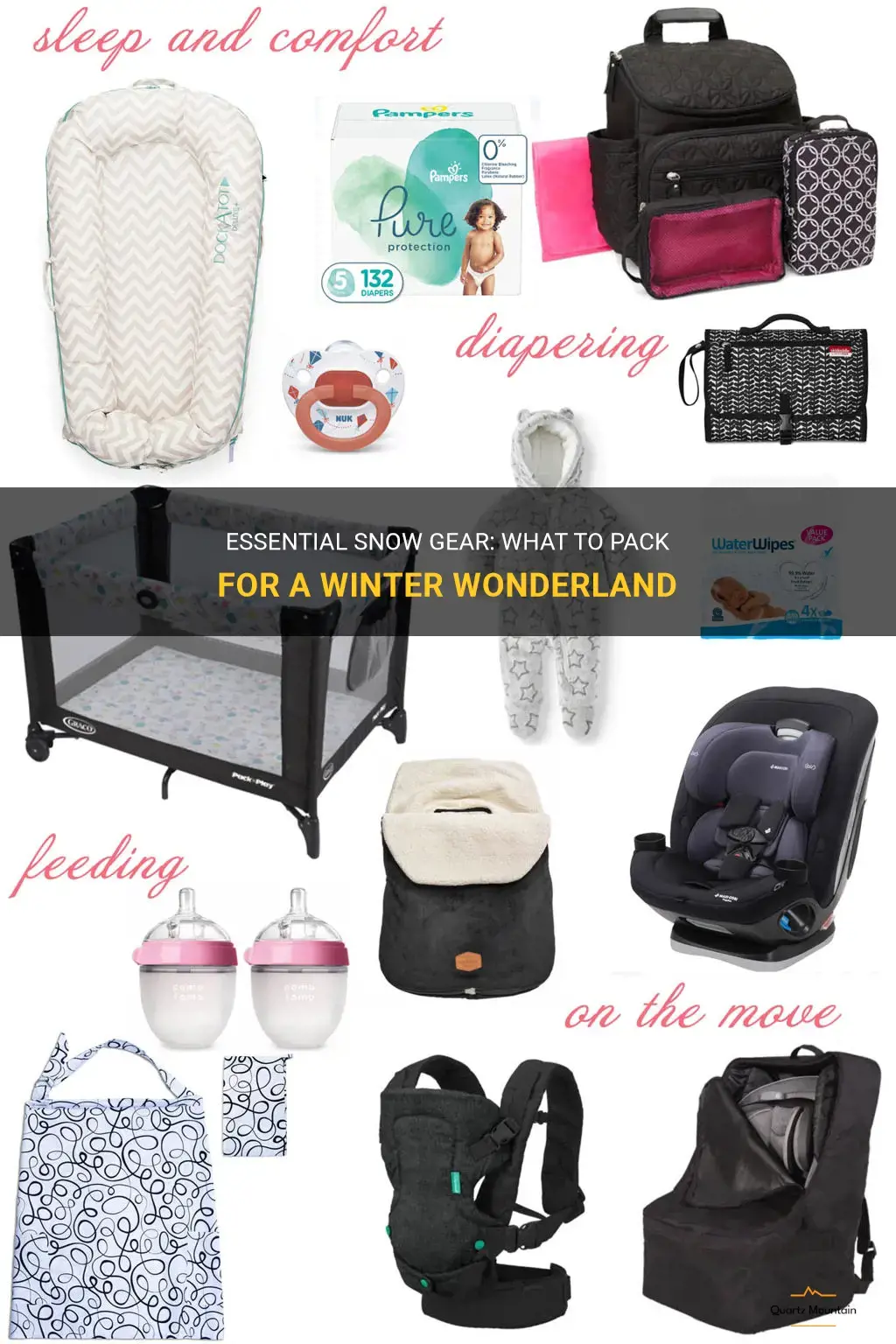
Are you heading to a winter wonderland? Whether you're going on a ski trip or simply planning to embrace the beauty of a snowy destination, it's crucial to pack the right gear. From cozy clothing to essential accessories, this article will guide you on what to pack for your snowy adventure. Get ready to stay warm, comfortable, and stylish as you explore the winter wonderland that awaits you.
What You'll Learn
- What are the essential clothing items to pack for a trip to snowy conditions?
- Should I pack specific footwear for the snow, and if so, what kind?
- What are some key accessories or gear that should be included in a snow packing list?
- How many layers of clothing should I plan to pack for a snow trip?
- Are there any specific health and safety items that should be included in a snow packing list, such as sunscreen or hand warmers?

What are the essential clothing items to pack for a trip to snowy conditions?
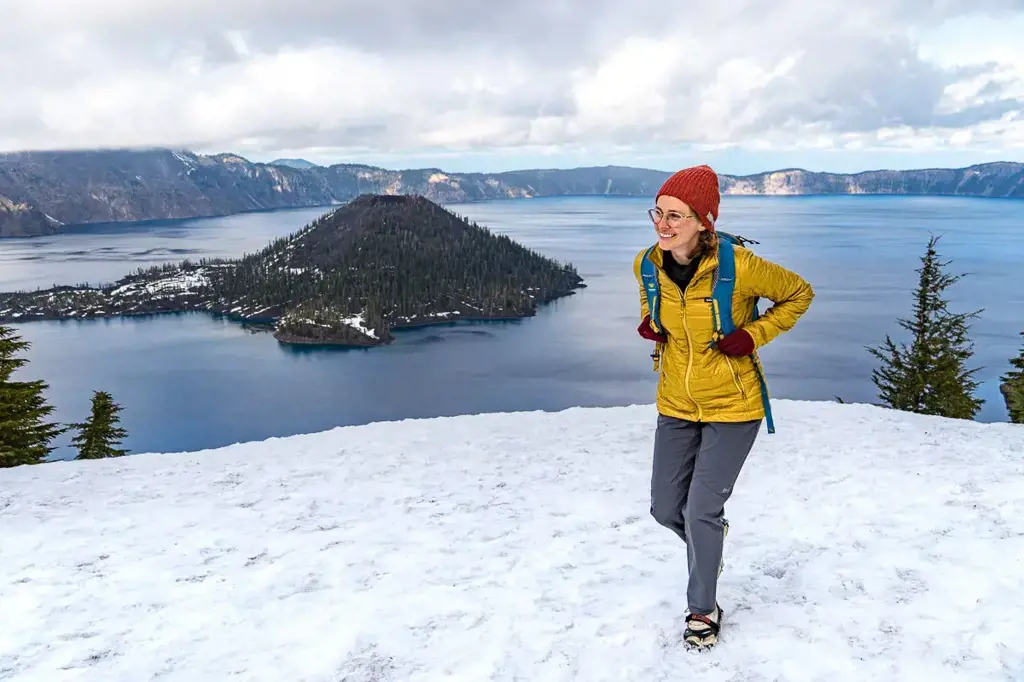
When planning a trip to snowy conditions, it's crucial to pack clothing items that will keep you warm, dry, and protected from the elements. Here are some essential clothing items to consider packing for your snowy adventure:
- Base Layers: Base layers are the foundation of your winter outfit and are designed to regulate body temperature and wick away moisture. Look for thermal tops and bottoms made of merino wool or synthetic materials like polyester. These fabrics are known for their excellent insulation and moisture-wicking properties.
- Insulated Jacket: A good insulated jacket is a must-have to stay warm in freezing temperatures. Opt for a down or synthetic insulated jacket that offers sufficient warmth without being too bulky. Make sure the jacket has a waterproof or water-resistant outer shell to keep you dry in snowy conditions.
- Waterproof Pants: To keep your lower body dry, invest in a pair of waterproof or snow pants. Look for pants that are insulated to provide extra warmth. Adjustable waistbands and suspenders can help ensure a snug fit and prevent snow from entering.
- Waterproof Boots: When walking in the snow, it's vital to have waterproof boots with good traction. Insulated boots with a thick sole and deep treads will keep your feet warm, dry, and prevent slipping on icy surfaces. Consider choosing boots with a higher shaft to prevent snow from entering the shoes.
- Moisture-Wicking Socks: Don't overlook the importance of moisture-wicking socks. Look for socks made of merino wool or synthetic materials that can wick away sweat and keep your feet dry. Avoid cotton socks as they tend to retain moisture, leading to discomfort and potential frostbite.
- Gloves or Mittens: Keeping your hands warm is essential, especially in freezing temperatures. Opt for gloves or mittens that are waterproof and insulated. Mittens generally provide better warmth as they allow your fingers to stay together, sharing heat.
- Hats and Ear Warmers: Heat can escape from your head, so don't forget to pack a warm hat or ear warmers. Look for hats made of wool or fleece that cover your ears for added protection. Consider a hat with a waterproof outer layer to keep moisture at bay.
- Neck Gaiter or Scarf: Protecting your neck and face is crucial in cold and snowy conditions. A neck gaiter or scarf made of breathable and moisture-wicking material can help keep your neck and face warm and shielded from wind and snow.
- Goggles or Sunglasses: When snow is on the ground, bright sunlight can reflect off the snow and be blinding. Invest in a pair of goggles or sunglasses with good UV protection to shield your eyes and improve visibility.
- Layering Accessories: Depending on the severity of the cold, you may want to consider layering accessories like fleece-lined leggings, hand warmers, or thermal undershirts to add an extra layer of warmth.
It's essential to pack multiple layers to adjust to changing weather conditions and activity levels. Layering allows you to add or remove clothing as needed to maintain a comfortable body temperature. Remember to always check the weather forecast for your destination and pack accordingly to ensure a safe and enjoyable trip to snowy conditions.
The Essential Packing Guide for an EBC Trek: What You Need to Bring
You may want to see also

Should I pack specific footwear for the snow, and if so, what kind?
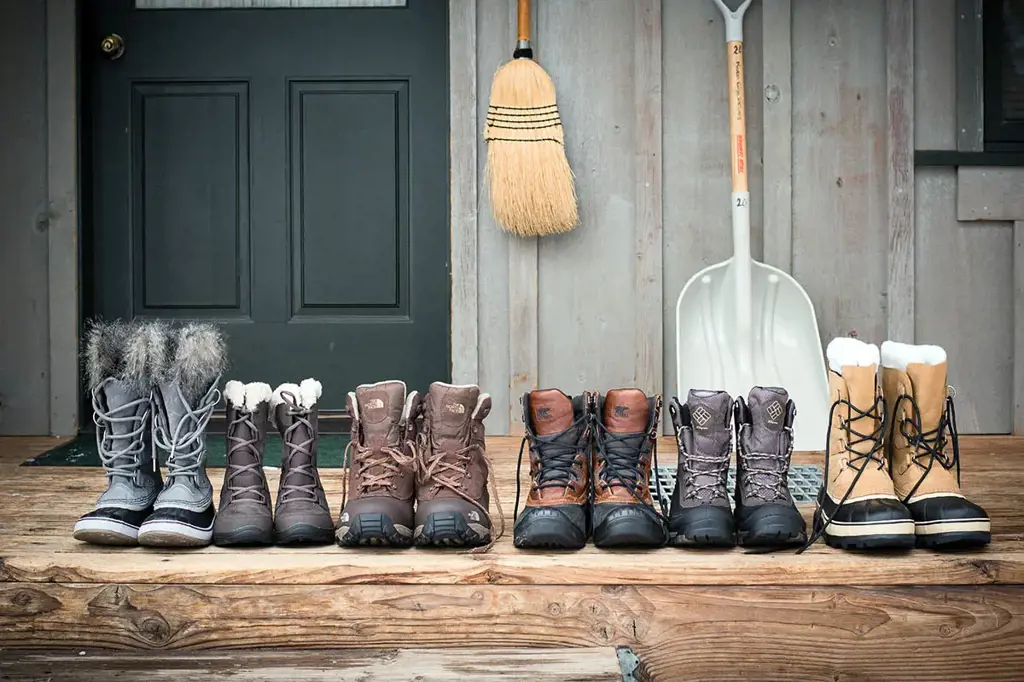
When planning a trip to a snowy destination, it is important to pack the right footwear to ensure comfort and safety. Snow can be slippery and wet, and wearing the wrong shoes can lead to discomfort, cold feet, and even injury. In this article, we will discuss why you should pack specific footwear for the snow and what kind of shoes are best suited for snowy conditions.
Firstly, it is important to understand why regular shoes are not suitable for snowy conditions. Regular shoes typically do not have the grip or insulation needed to navigate icy or snowy terrain. The soles are often made of smooth materials that provide little traction on slippery surfaces. Additionally, regular shoes are not designed to keep your feet warm and dry in wet and snowy conditions.
To ensure you are properly prepared for snow, it is recommended to pack specific footwear that is designed for winter conditions. The most common types of snow footwear include snow boots and winter hiking boots. These shoes are designed with features that make them suitable for snowy conditions.
Snow boots are typically made with waterproof materials such as rubber or a combination of fabrics that are treated to repel water. They often have high shafts that cover your ankles, providing added protection against wet snow. Snow boots also have thick, insulated linings that help to keep your feet warm and dry. The soles of snow boots are designed with deep treads to provide excellent traction on slippery surfaces, reducing the risk of slips and falls.
Winter hiking boots, on the other hand, are designed for more active pursuits in snowy conditions. These boots are typically lighter and more flexible than snow boots, allowing for better mobility while hiking or engaging in other winter activities. Winter hiking boots are also insulated and have waterproof features, but they often have a lower shaft height compared to snow boots. The soles of winter hiking boots are designed with aggressive treads that provide excellent grip on snowy and icy terrain.
In addition to snow boots and winter hiking boots, some people also opt for insulated winter shoes or snowshoes. Insulated winter shoes are similar to snow boots but have a lower shaft height, offering a more casual and versatile option for everyday use. Snowshoes, on the other hand, are a specialized type of footwear designed for walking on deep snow. They have large, flat surfaces that distribute your weight, preventing you from sinking into the snow.
When packing footwear for snow, it is also important to consider the temperature and climate of your destination. If you are traveling to extremely cold regions, you may need to invest in boots with additional insulation or consider wearing thick wool socks to keep your feet warm. Additionally, if you plan on engaging in activities such as skiing or snowboarding, you may need to pack specific boots that are suitable for these activities.
In conclusion, when planning a trip to a snowy destination, it is important to pack specific footwear that is designed for winter conditions. Snow boots, winter hiking boots, insulated winter shoes, and snowshoes are all good options depending on the activities you plan to engage in and the climate of your destination. These shoes provide the necessary traction, insulation, and waterproofing to keep your feet warm, dry, and safe in snowy conditions. By packing the right footwear, you can fully enjoy your snowy adventures without worrying about discomfort or injury.
Essential Items to Pack for a Trip to South Africa
You may want to see also

What are some key accessories or gear that should be included in a snow packing list?
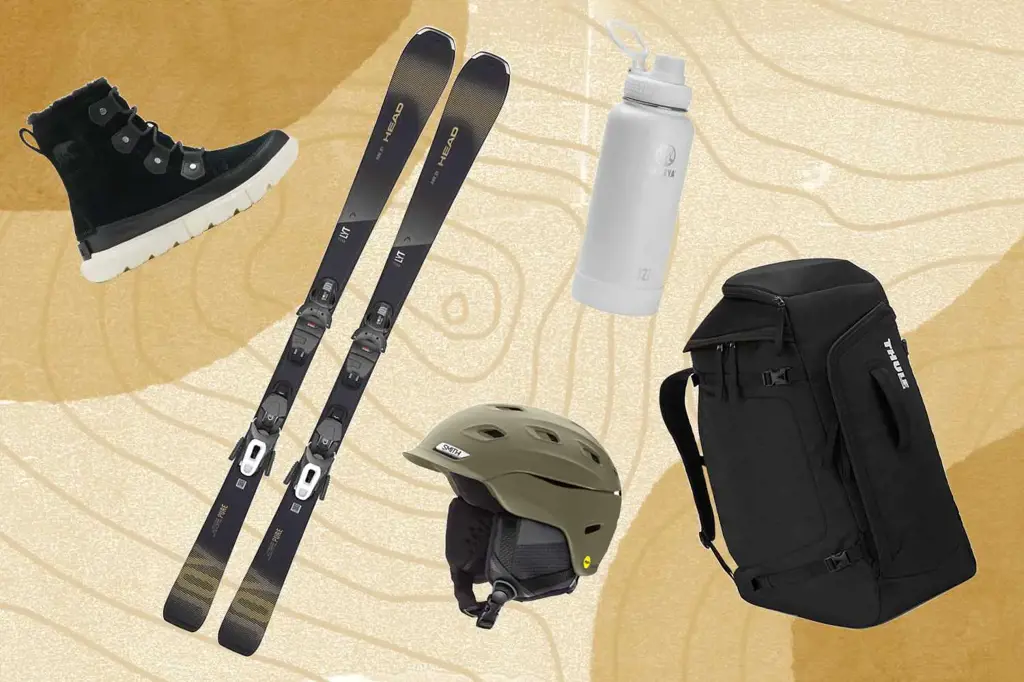
When planning a snow trip, it's crucial to have the right accessories and gear to ensure a safe and enjoyable experience. Whether you're heading to a ski resort or exploring the backcountry, here are some key items that should be included in your snow packing list:
- Clothing: Layering is essential in cold weather, so pack thermal underwear, long-sleeve base layers, fleece jackets, waterproof pants, and insulated jackets. Don't forget to bring extra pairs of socks and gloves, as they tend to get wet quickly.
- Snow goggles: Protect your eyes from snow glare and harsh UV rays by packing a good pair of snow goggles. Look for goggles with anti-fog and UV protection features to ensure clear vision throughout the day.
- Helmet: Safety should always be a priority, especially when participating in snow sports. Invest in a well-fitting helmet to protect your head from potential accidents. Make sure the helmet is certified for snow use and meets safety standards.
- Snow boots: A good pair of snow boots is vital for staying warm and comfortable in cold and wet conditions. Look for boots with insulation, waterproofing, and good traction to keep your feet dry and secure on slippery surfaces.
- Snowshoes: If you plan on exploring snowy trails or venturing off-piste, consider packing snowshoes. They distribute your weight over a larger surface area, allowing you to walk on top of the snow instead of sinking in. This makes hiking in the snow easier and less tiring.
- Avalanche safety gear: If you're planning on backcountry skiing or snowboarding, avalanche safety gear is a must. This includes an avalanche transceiver (beacon), shovel, and probe. Additionally, it's crucial to have knowledge of avalanche safety protocols and to practice using the equipment before heading out.
- Hand and toe warmers: Cold hands and feet can quickly ruin your snow experience. Pack hand and toe warmers to keep extremities warm and comfortable throughout the day. These disposable warmers often activate when exposed to air and provide heat for several hours.
- Backpack: A good backpack is essential for carrying all your gear and essentials. Look for a backpack with multiple compartments and straps to secure your skis or snowboard while hiking or traveling.
- Water bottle and snacks: Stay hydrated and energized on the slopes by packing a water bottle and snacks. Dehydration and low energy levels can affect your performance, so it's crucial to drink water and eat nutrient-rich snacks throughout the day.
- Sunscreen and lip balm: Even on cloudy days, the sun's reflection off the snow can cause sunburns. Protect your skin and lips by packing sunscreen with a high SPF and lip balm with UV protection.
Remember to check the local weather forecast before your trip and always dress appropriately for the conditions. It's also a good idea to consult with experienced snow sports enthusiasts or professionals to ensure you have all the necessary gear for your specific activities. Stay safe, have fun, and enjoy your time in the snow!
Essential Items to Pack for Your Montana Adventure
You may want to see also

How many layers of clothing should I plan to pack for a snow trip?
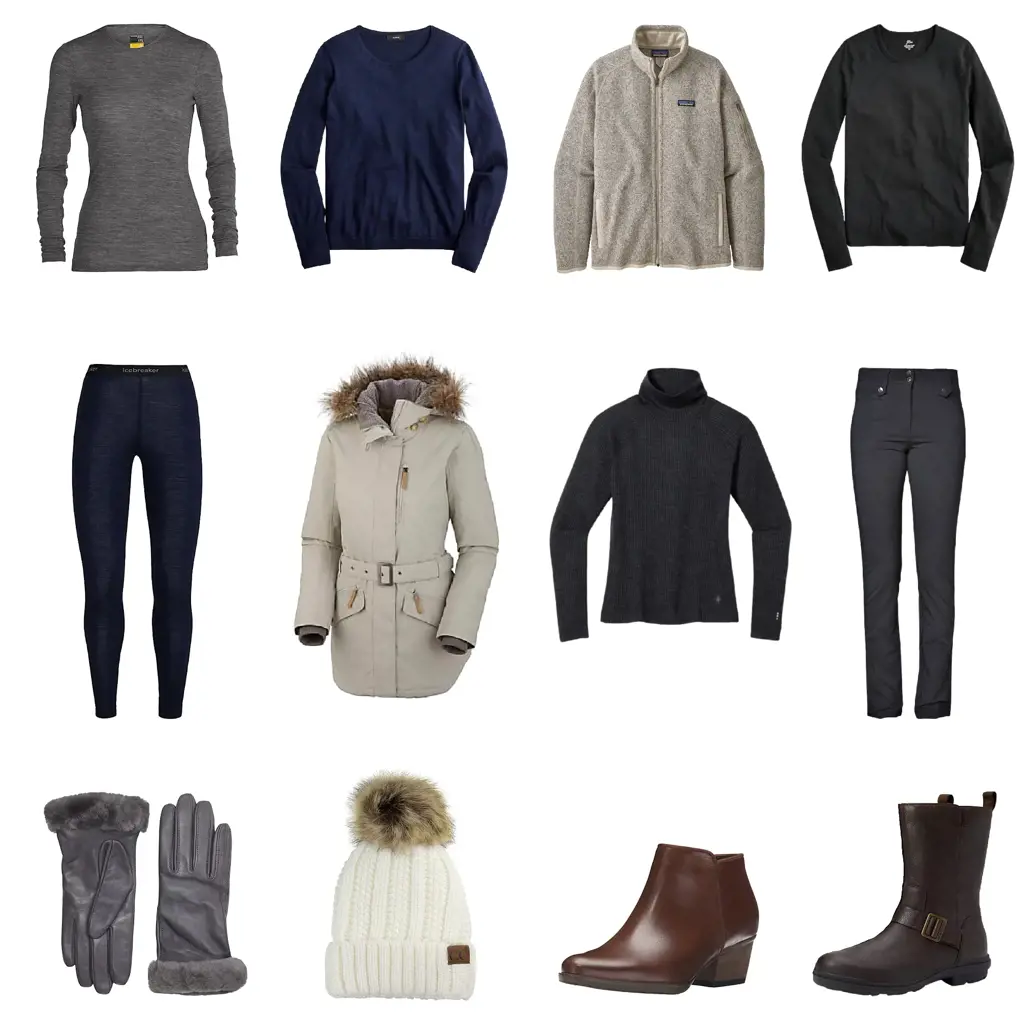
When planning a trip to a snowy destination, it is crucial to pack the right amount of clothing to ensure your comfort and safety. Layering your clothing is the key to staying warm in cold weather conditions. But how many layers of clothing should you pack for a snow trip? Let's explore the answer to this question.
Understand the Layering System:
The layering system consists of three main layers: base layer, insulation layer, and outer layer. Each layer serves a specific purpose and contributes to keeping you warm and dry.
- Base Layer: This layer is in direct contact with your skin and is responsible for wicking moisture away from your body. It should be made of a moisture-wicking and breathable material like merino wool or polyester.
- Insulation Layer: The primary purpose of this layer is to provide insulation and trap body heat. It can be a fleece jacket, down jacket, or any other material that provides warmth without adding too much bulk.
- Outer Layer: This layer acts as a shield against wind, snow, and rain. It should be waterproof and windproof to keep you dry and protected from the elements.
Consider the Weather Conditions:
The number of layers you need to pack depends on the weather conditions of your destination. If you're traveling to a place with extremely cold temperatures, you may need to add additional layers to your clothing system.
- Sub-zero Temperatures: In extremely cold conditions, you might need an extra insulating layer, such as a down jacket or a heavyweight fleece, to provide sufficient warmth.
- Mild Cold: For moderately cold weather, layering with a base layer and a mid-weight insulating layer should be sufficient.
Be Prepared for Changing Weather:
Weather conditions can change rapidly, especially in mountainous regions. Packing extra layers allows you to adjust your clothing to changing temperatures and conditions.
Layering for Versatility: Packing multiple lightweight layers rather than a few bulky items gives you more versatility. You can easily add or remove layers depending on the temperature and your activity level.
Consider Activity Level:
Your activity level plays a significant role in determining the number of layers you need. If you're participating in high-intensity activities like skiing or snowboarding, you may generate more body heat and require fewer layers. Conversely, if you plan to engage in low-intensity activities or simply enjoy a scenic walk, additional layers may be necessary to compensate for the lack of physical exertion.
Don't Forget Essential Accessories:
In addition to the three main layers, don't forget to pack essential accessories that will help keep you warm and protected in the snow. These include:
- Hat: A warm hat or beanie is crucial in preventing heat loss from your head.
- Gloves: Insulated and waterproof gloves are essential for keeping your hands warm and dry.
- Scarf or Neck Gaiter: These accessories help protect your neck and face from cold winds.
- Socks: Pack several pairs of moisture-wicking and warm socks to keep your feet dry and comfortable.
In conclusion, when planning a snow trip, it is recommended to pack a base layer, insulation layer, and outer layer to ensure adequate warmth and protection from the elements. Additionally, consider the weather conditions, your activity level, and pack extra layers for versatility. Don't forget essential accessories like hats, gloves, scarves, and socks to complete your cold-weather outfit. By following these guidelines, you can stay comfortable and enjoy your snowy adventure to the fullest.
Essential Items to Pack for an Indoor Water Park Adventure
You may want to see also

Are there any specific health and safety items that should be included in a snow packing list, such as sunscreen or hand warmers?
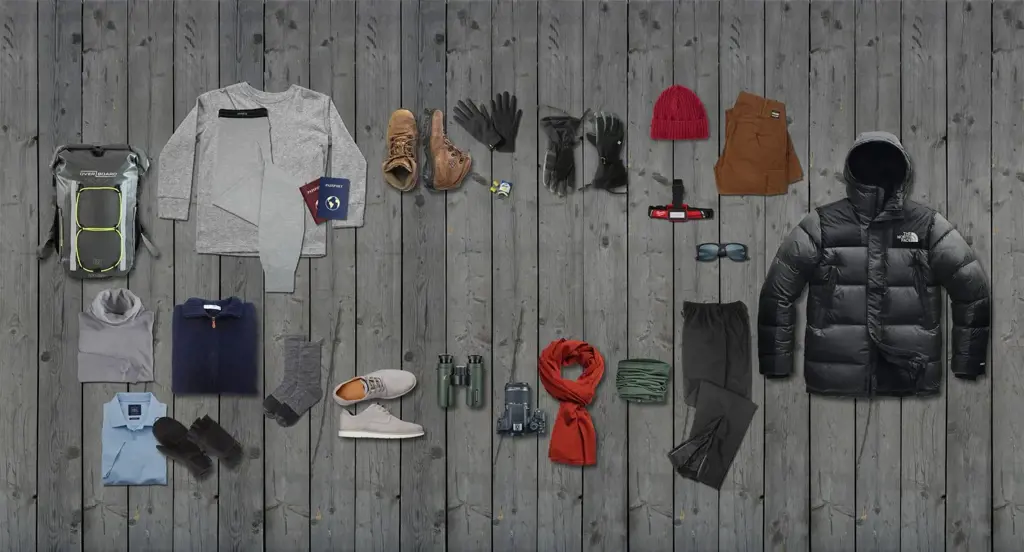
When preparing for a snow-packed adventure, it is important to prioritize health and safety. In addition to packing warm clothing and essential items like food and water, there are a few specific health and safety items that should be included in your snow packing list to ensure a safe and enjoyable experience. Here are some items to consider:
- Sunscreen: While it may be counterintuitive, sunscreen is an essential item to pack for snowy conditions. The reflective properties of the snow can intensify the sun's rays, leading to an increased risk of sunburn. Additionally, higher altitudes can also contribute to a higher risk of sunburn. It is important to protect your skin with a broad-spectrum sunscreen with SPF 30 or higher, even on cloudy days.
- Lip balm with SPF: Cold, dry air can cause your lips to become chapped and cracked. Look for a lip balm that contains SPF to protect your lips from both the cold temperatures and the sun's rays.
- Hand warmers: Snow activities often involve spending long periods of time in cold temperatures. Hand warmers can provide much-needed warmth and help prevent frostbite. They are typically small and portable, making them easy to pack and use when needed. Activate them by shaking or squeezing them, and they will provide several hours of warmth.
- First aid kit: Accidents and injuries can happen, even in snowy conditions. A basic first aid kit should be a staple in your snow packing list. It should include items such as adhesive bandages, sterile gauze pads, antiseptic wipes, tweezers, and pain relievers. Familiarize yourself with the contents of the kit and how to use them before your trip.
- Extra clothing layers: Layering is key when dressing for snow activities, as it allows you to adjust your body temperature based on the conditions. Pack extra clothing layers to ensure you stay warm and dry. This may include thermal base layers, a warm mid-layer, waterproof outerwear, and extra socks. It is important to avoid cotton clothing as it retains moisture and can make you feel colder.
- Headlamp or flashlight: The days are shorter during winter, and it can get dark quickly. If you plan to be out in the snow for extended periods, it is essential to have a reliable source of light. A headlamp or flashlight can help you navigate your surroundings, especially when it comes to finding your way back to camp or the trailhead after sunset.
- Snow goggles or sunglasses: Snow reflects light, which can be blinding and cause eye strain. Protect your eyes from harmful UV rays and reduce glare by wearing sunglasses or snow goggles. Look for lenses that provide 100% UV protection and offer adequate coverage to shield your eyes from wind and snow.
These are just a few of the essential health and safety items that should be included in your snow packing list. Remember to tailor your packing list to your specific needs and activities. It is also a good idea to consult with local experts or experienced individuals who can provide additional guidance on what to pack for specific snow conditions and locations. Prioritize safety and enjoy your snow-filled adventure to the fullest!
Essential Summer Camp Packing List for Teenage Girls: A Guide to Adventure and Fun
You may want to see also
Frequently asked questions
When packing for a trip to the snow, it is important to bring warm clothing and accessories. This includes items such as a heavy coat, waterproof gloves, thermal socks, and a hat or beanie to keep your head warm. It is also essential to pack appropriate footwear such as snow boots to keep your feet dry and insulated. Additionally, don't forget to bring sunglasses or goggles to protect your eyes from the glare of the snow.
Yes, if you plan on engaging in winter activities such as skiing or snowboarding, you will need to bring some special equipment. This includes items like skis or a snowboard, boots, bindings, and ski poles. If you don't own this equipment, you can usually rent it at the ski resort. It is also a good idea to bring a helmet for safety. If you plan on building snowmen or having snowball fights, don't forget to pack snow shovels, sleds, or tubes.
To stay warm in the snow, it is important to layer your clothing. Start with a base layer of thermal or moisture-wicking clothing to keep you dry. Over that, add insulating layers such as a fleece jacket or sweater. Finally, top it off with a waterproof and insulated outer layer to protect you from the snow and wind. Don't forget to pack extra layers, so you can add or remove them as needed. It is also a good idea to bring hand and foot warmers to provide extra warmth in extreme cold conditions.







